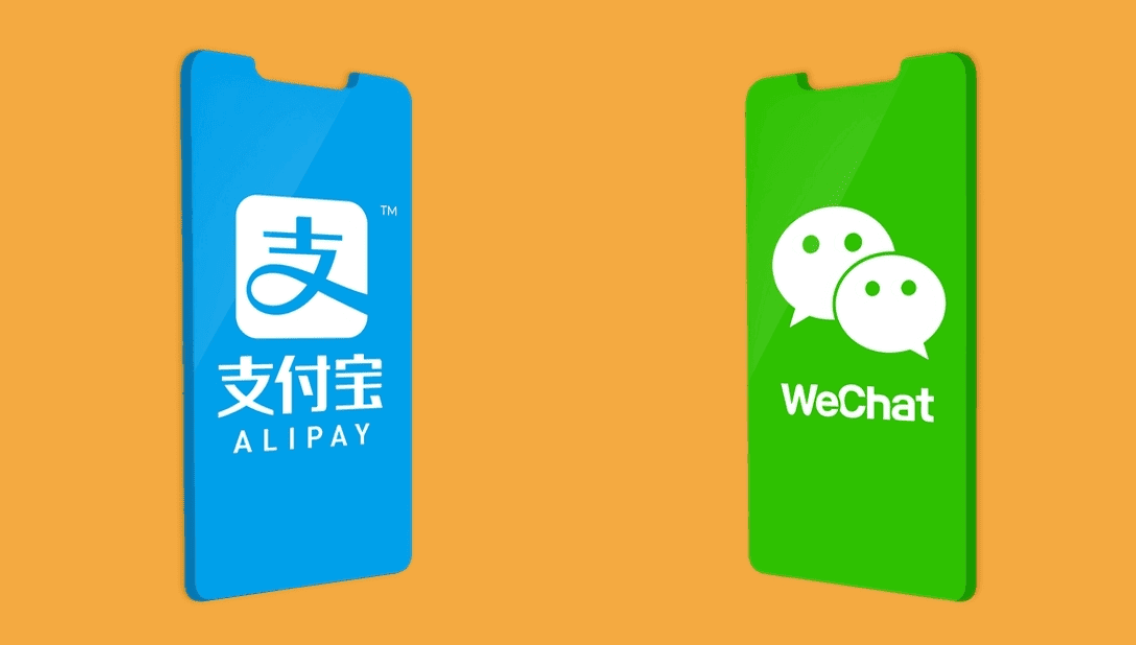How to Use Alipay or WeChat Pay in Shanghai: A Simple Guide for Foreign Travelers
Outline:
-
Introduction: Why Mobile Payments Are Essential in Shanghai
-
Can Foreigners Use Alipay or WeChat Pay?
-
Step-by-Step Guide to Setting Up Alipay and WeChat Pay
-
Where and How to Use Them: From Street Food to Subways
-
Common Issues and Helpful Tips
How to Use Alipay or WeChat Pay in Shanghai: A Simple Guide for Foreign Travelers

1. Introduction: Why Mobile Payments Are Essential in Shanghai
Shanghai is a city that lives on mobile payments. From luxury malls to tiny dumpling stalls, everyone scans a QR code to pay. Credit cards are rarely accepted outside of hotels or high-end restaurants. If you're planning to visit, learning how to use Alipay or WeChat Pay will save you from awkward moments and make your trip much smoother.
2. Can Foreigners Use Alipay or WeChat Pay?
Yes — and that's great news. Both Alipay and WeChat Pay now allow foreign tourists to link international credit or debit cards (Visa, Mastercard, JCB, Discover). There’s no need to open a Chinese bank account. That said, you’ll still need to go through a basic verification process, and not all cards are guaranteed to work.

Eligibility checklist:
-
Valid passport
-
A working phone number (your local number is fine)
-
A valid Visa or Mastercard (some debit cards work too)
-
Patience with a little setup process
3. Step-by-Step Guide to Setting Up Alipay and WeChat Pay

Setting Up Alipay (Ant Group):
-
Download Alipay from the App Store or Google Play.
-
Open the app, choose “International Version” or switch the language to English.
-
Register with your phone number and set a password.
-
Tap “Tour Pass” in the homepage banner or search bar. This is a mini-program that lets foreigners use Alipay.
-
Upload your passport and link your Visa or Mastercard.
-
Top up the prepaid account (minimum RMB 100). The top-up is valid for 90 days.
Setting Up WeChat Pay (Tencent):
-
Download WeChat and sign up with your mobile number.
-
Verify your identity (passport info and selfie may be required).
-
Go to “Me” → “Services” → “Wallet” → “Cards” to link your credit card.
-
Some users may be required to go through a real-name verification process, which can be slow.
Note: Alipay tends to be easier for foreigners, especially short-term visitors. WeChat Pay has a broader ecosystem but is slightly stricter with account verification.
4. Where and How to Use Them: From Street Food to Subways
Once set up, you’ll be surprised how widely you can use these apps:
-
Restaurants & Cafes: Scan the merchant’s QR code or show yours.
-
Taxis & Ride-hailing (like Didi): Alipay and WeChat Pay are integrated.
-
Retail Stores & Supermarkets: All major chains accept it.
-
Public Transport: Use the transit card mini-app inside either platform to ride the metro or buses.
-
Tourist Attractions: Many ticket booths or even vending machines accept mobile payments.
-
Hotels: Some hotels accept mobile payments at the front desk. Always ask first.
Bonus Tip: Screenshots of QR codes won’t work. Real-time internet is required for scanning and payment — consider getting a local SIM card or an eSIM with data.

5. Common Issues and Helpful Tips
-
Transaction failed? Try again, but make sure your top-up is valid or your card is accepted.
-
Can’t verify your passport? Wait a few hours or try the other platform.
-
Language barrier? Alipay’s international version is more English-friendly.
-
Lost phone? Secure your account online or via customer service immediately.
Pro Traveler Advice:
-
Keep a few hundred RMB in cash just in case.
-
Use Alipay’s "Scan" and "Pay" tabs frequently — they are your new best friends.
-
For ease of mind, store screenshots of your top-up confirmation and any payment receipts.
Conclusion
Using Alipay or WeChat Pay in Shanghai isn’t as complicated as it seems. Once you're set up, paying for noodles, metro rides, or even museum tickets becomes as simple as a tap. It's a little digital effort for a much more local, immersive, and hassle-free travel experience. Welcome to the cashless capital of Asia — and enjoy every scan.

